The multidimensional Re-Creo / RCCC project consists of multiple components. Most of all, it is a participatory design project that unites the local community. The Spanish word “recreo” stands for “creating something new based on the already existing”, as well as “diversion” or “relaxation” in spare time. In collaboration with local and international universities, we have developed a series of architectural plans for recycling and community centers in Costa Rica. Although the country is globally known for its green image and successes in protecting wildlife, it has no waste management system at national level. Especially rural areas suffer from this, such as Chira Island. The local fishermen and women community sustains itself through fishing, but livestock has diminished over the last years due to overfishing and the warming of the Gulf of Nicoya, in which Chira is located. In this context, our project aims at creating resilience through a diversification of the local economy without harming the environment. At the same time, the community is united in a new type of architecture that blends with its tropical surrounding.
Long Description
The Recycling and Community Center on Chira (RCCC) is a prototype for a series of centers that we intend to develop all over the country. The building is based on the application of elements from an architectural kit-of-parts, which can be explored according to local requirements and population size. The Chira prototype (as well as any other building from the manual of centers in Costa Rica) is designed according to the principles of the ”living machine”, including the harvesting of rain water and solar energy. Waste water is treated locally and biologically, its nutrients are used for series of on-site edible gardens. Local construction materials have been favored, a series of recycled and innovative building materials have been sent to the island for the main structural frame (laminated wood) and roofing (made from recycled tetra pak). The building is expected to be finished by mid-2018.
Within the center, the local population will be educated in recollecting and separating “waste”. The recyclables will be processed to create a new source of income and clean up the island in order to improve it for other potential incomes, such as environmental tourism. In order to involve the population in the creative processes related to the building lifecycles, its development is based on a participatory design and construction process. Local workforce is financed by the Costa Rican Ministry of Labor and Social Security. Furthermore, we teach the users of the center how to engage in upcycling process and to design with the “waste” that they process. This part of the project is organized in collaboration with the Costa Rican Fab Lab Association. Digital tools like laser cutting, 3D printing and the teaching of software to use the tools enable the local community to improve their products. Furniture pieces as well as accessories like canvas-bags, eco-jewelry etcetera are designed and produced locally.
The Chira prototype will be run by the Association of Ladies Working for the Environment, ADATA according to its Spanish abbreviation. The project has been supported through voluntaries, material donations, crowdfunding processes, as well as a fund by the United Nations Development Programme UNDP to support impoverished communities to adapt to the consequences of climate change and to improve their environment.
The project has been exhibited at the Architecture Biennale in Venice last year.

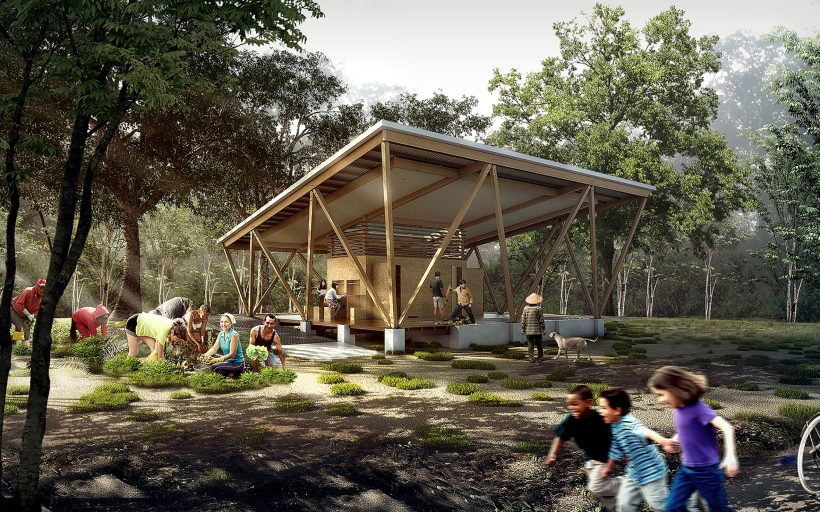
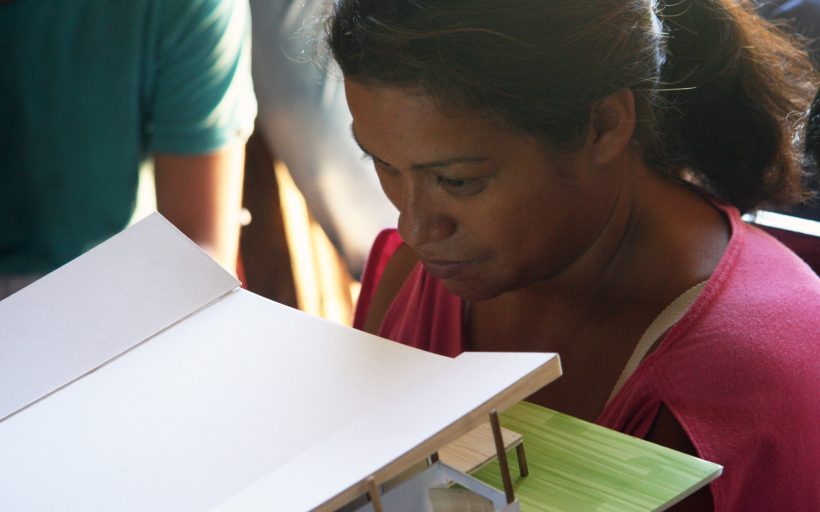

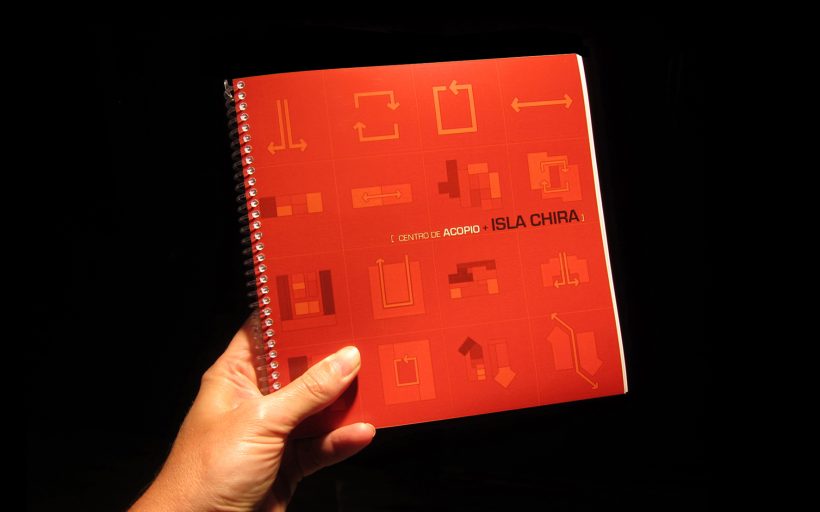
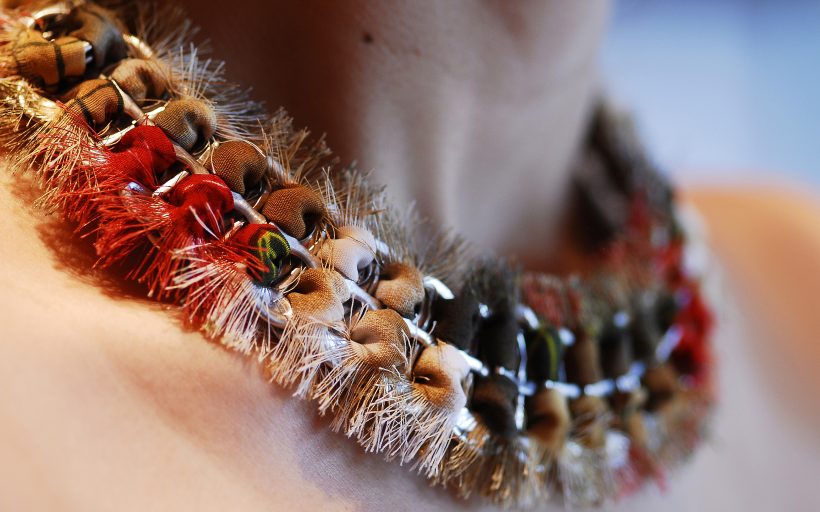
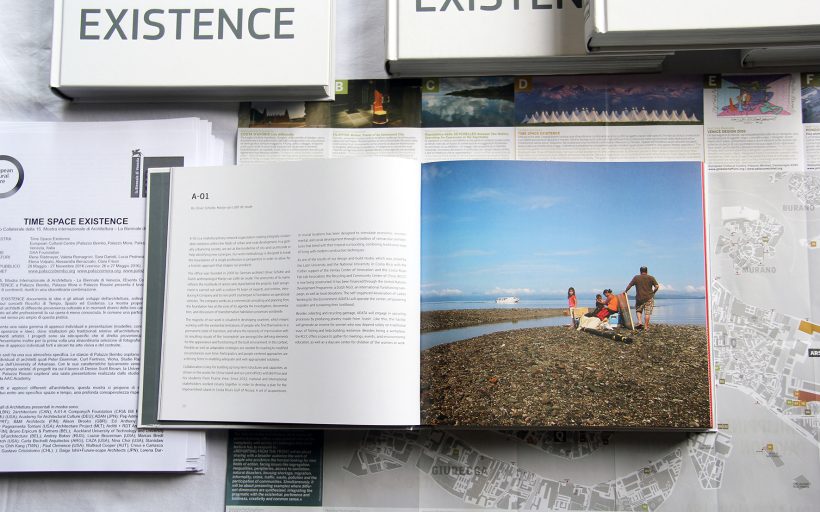


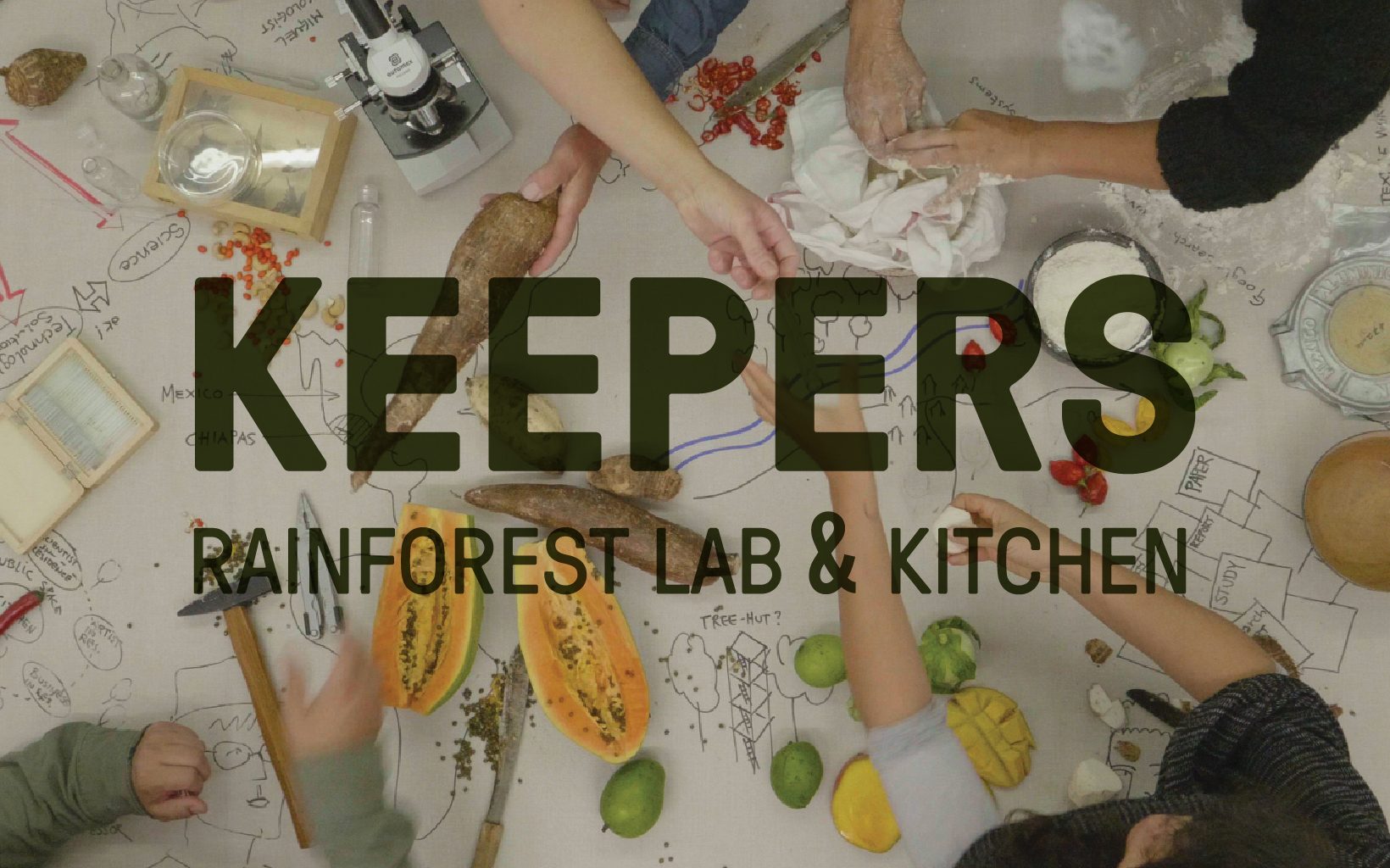
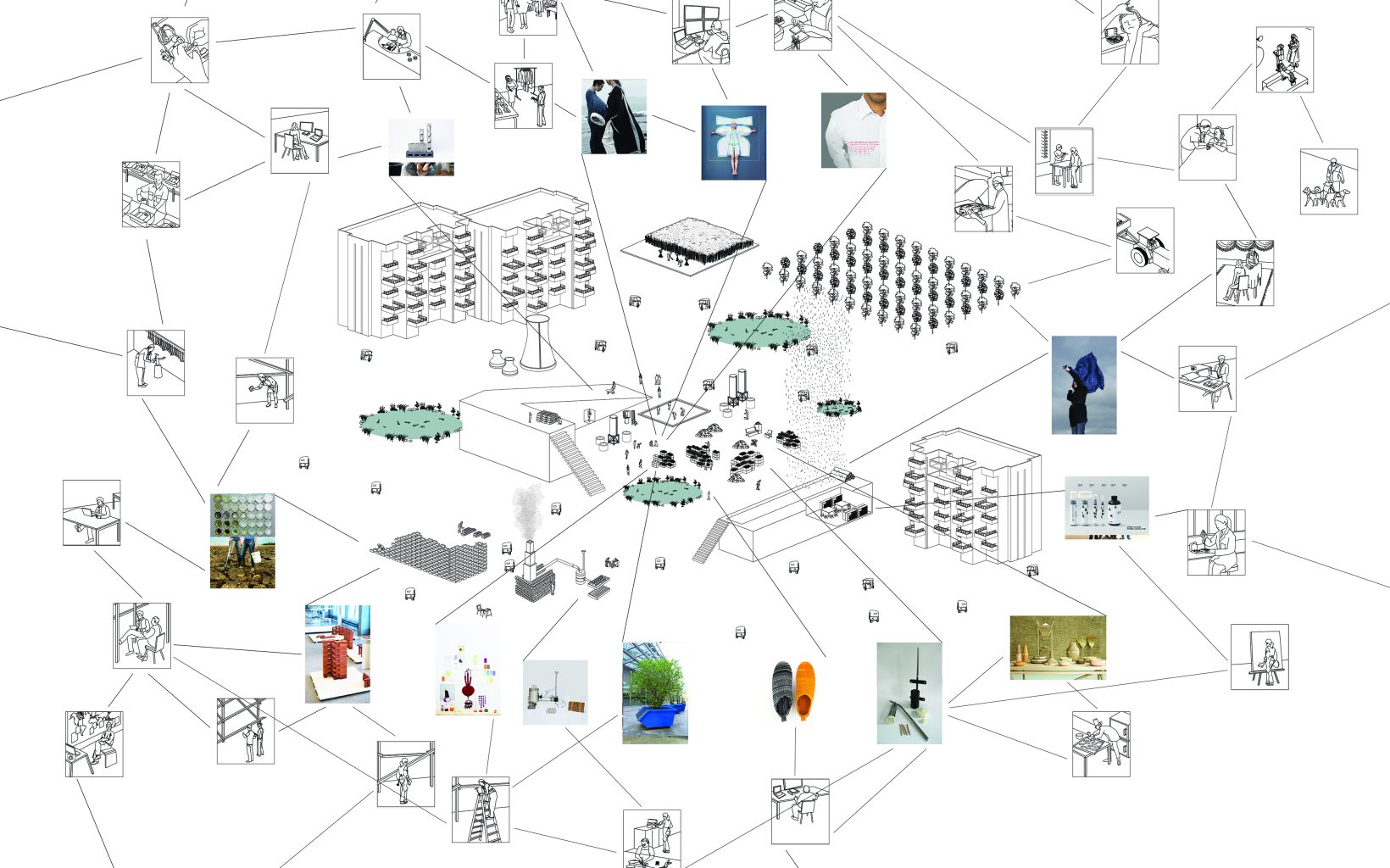
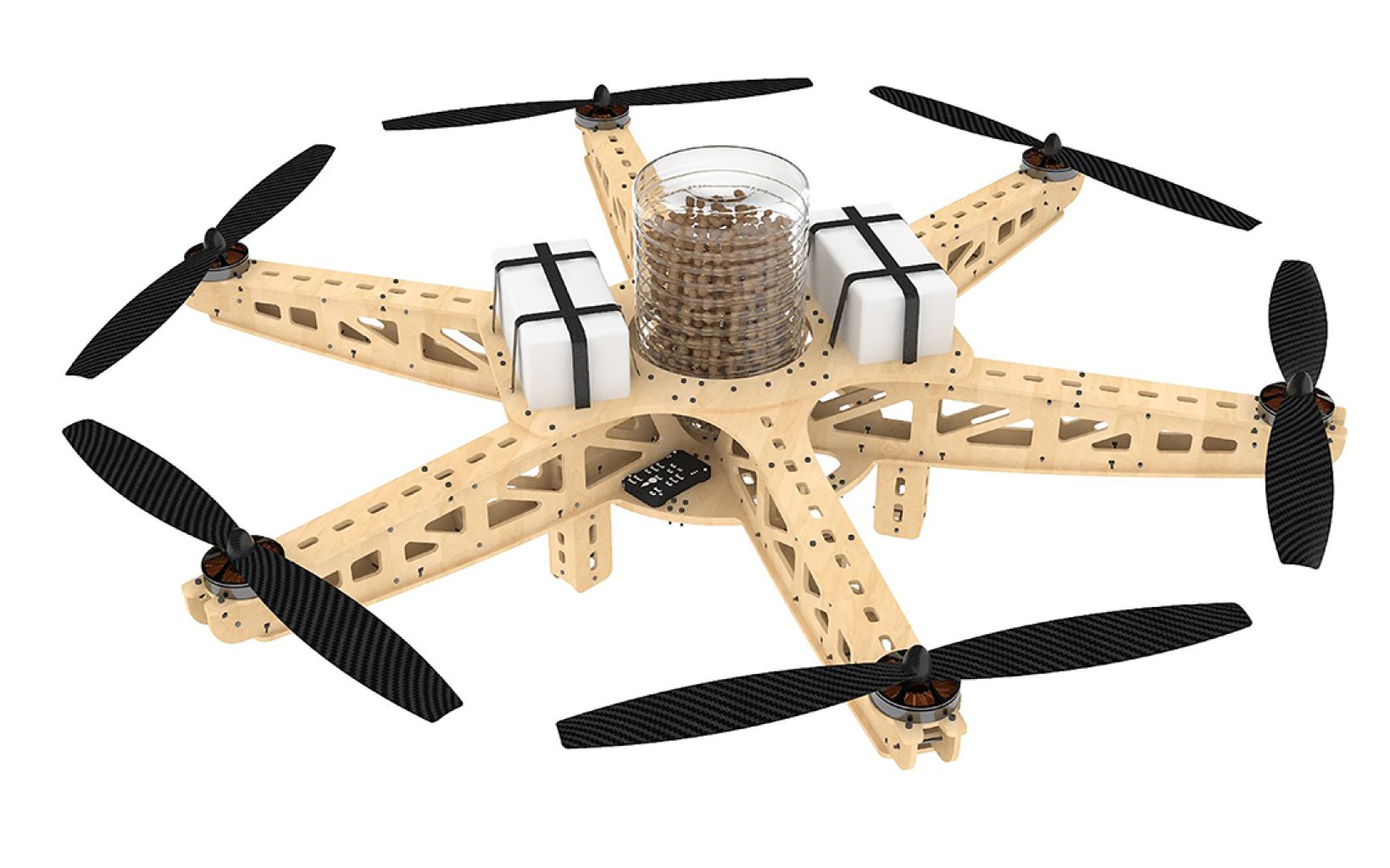
Share on social media.
Facebook
Twitter
LinkedIn
Mail